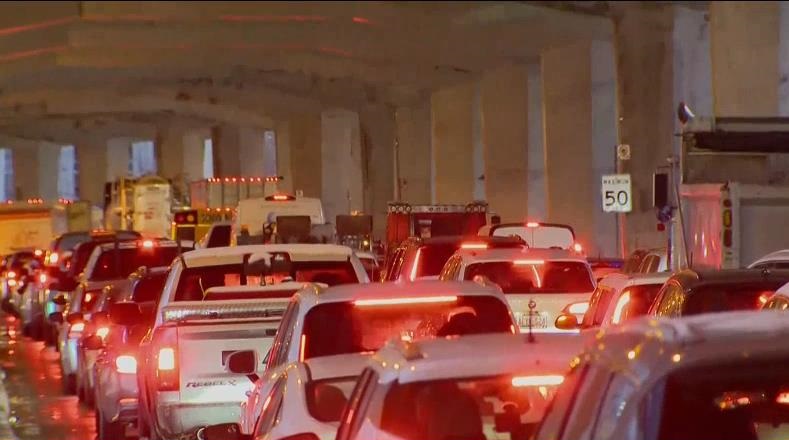Each year, thousands of tonnes of sediment build up in the area where the Don River empties into the Keating Channel. If not removed, this build-up could cause the river to back up and flood, with debris spilling into Toronto's harbour.
Annually, PortsToronto removes approximately 40,000 cubic metres of dredged material from the mouth of the Don River.
The dredging process involves scooping material from the bottom of the channel using a clam bucket on a crane called a "dredger." Once removed from the channel bed, the muddy mixture of debris and sediment is transported by barge to the Leslie Street Spit for proper containment in what is called a “cell” or Confined Disposal Facility (CDF). Each of the cells located at the Spit were designed by PortsToronto to properly and safely contain natural material dredged from the Keating Channel.
